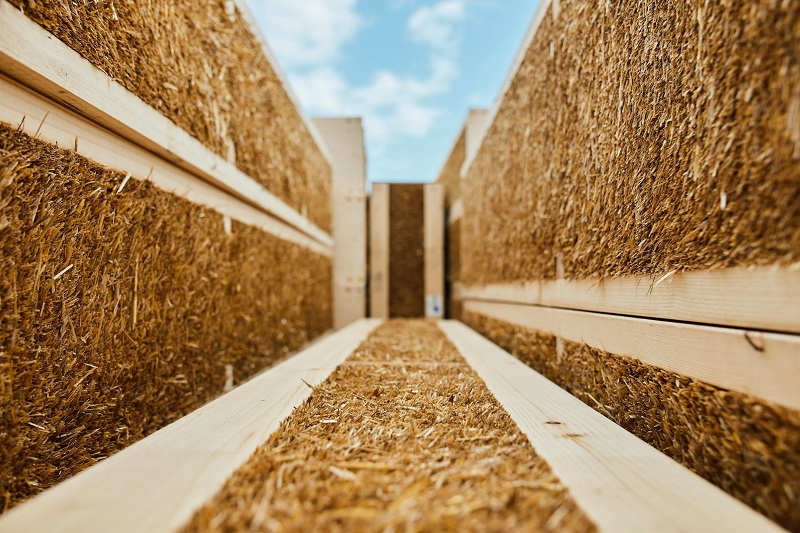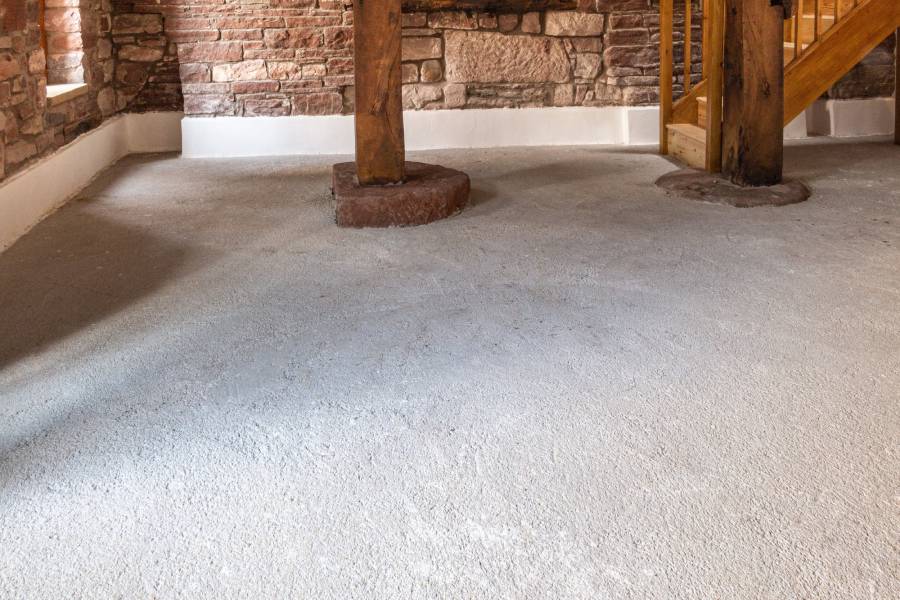Neil Turner, (UK) Technical Manager at Ecological Building Systems, one of the UK’s leading suppliers of sustainable building products, discusses how the drive to achieve net zero is leading to increasing specifications of natural insulation.
“The growing demand for low-carbon building materials is driving greater interest in natural fibre insulation as a sustainable alternative to conventional options, such as mineral wool, polystyrene (EPS & XPS), rigid polyurethane (PUR/PIR) and phenolic foam.
Traditionally, when choosing insulation, it was advisable to focus on achieving the lowest possible U‑value at the thinnest profile, which often meant specifying synthetic materials. However, many synthetic options utilise significant energy during raw material production, resulting in higher levels of embodied carbon.
With today’s shift towards more sustainable construction, specifiers are prioritising high performance materials that not only reduce a building’s carbon footprint but also support breathability and indoor comfort. Natural insulation stands out as an ideal choice, offering lower environmental impact during sourcing and production and sustainability by its design and composition.
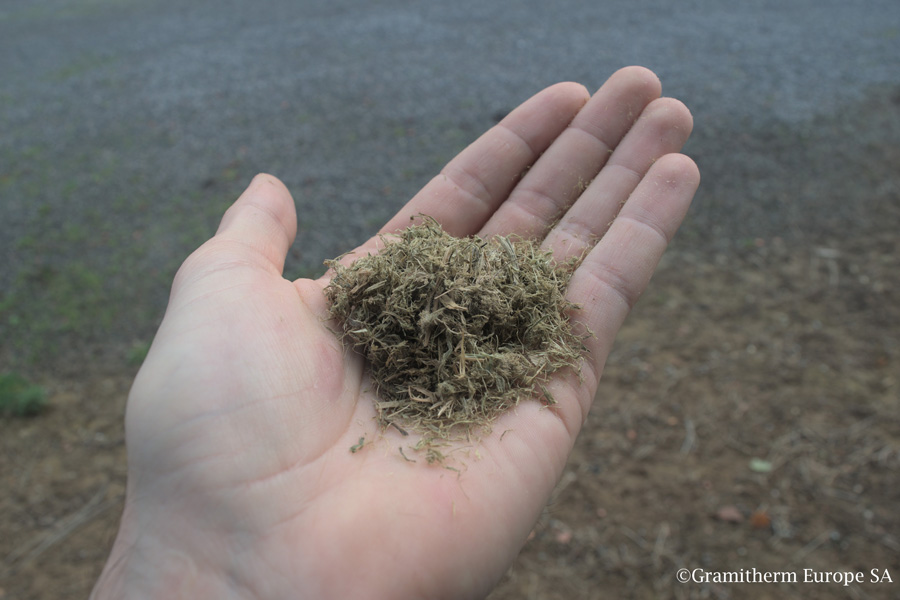
Benefits of choosing natural insulation
One type of natural insulation which is gaining popularity is Gramitherm®, a versatile insulation made from renewable grass fibres sourced from public parks, canals and grass verges, combined with recycled jute fibres and a recycled polyester binder. This unique composition supports the circular economy while delivering reliable thermal and acoustic performance.
Gramitherm® can be installed between rafters, joists or studs in ceilings, walls and suspended floors. With a high density of 40 kg/m³ and a distinctive fibrous structure, the material balances flexibility and rigidity, ensuring a snug fit without settlement over time.
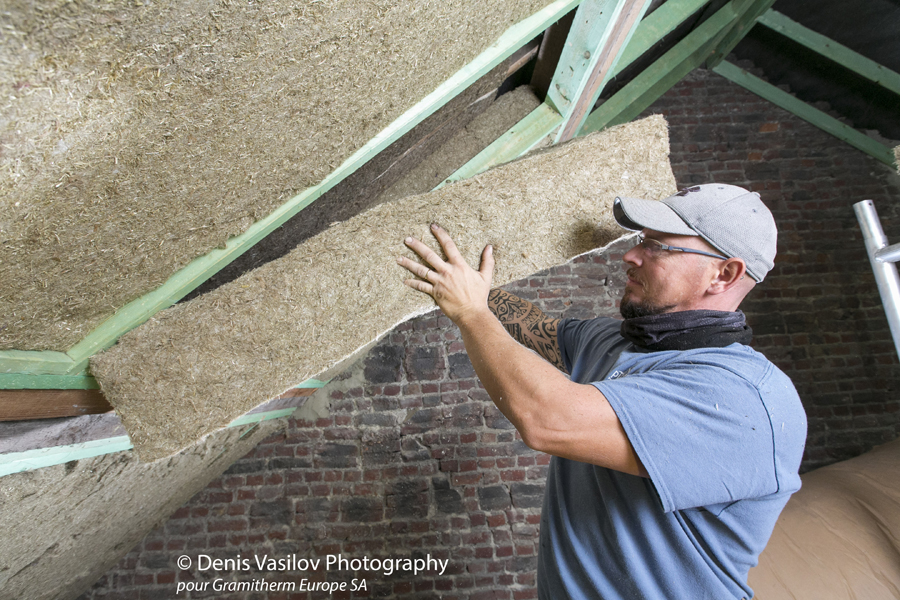
Two of the main characteristics of natural insulation materials are their breathability and ability to absorb and release moisture. The breathability of natural insulation provides greater design flexibility while preventing moisture build-up within the structure, as there is no need for highly moisture-vapour-resistant barriers.This reduces the risk of interstitial condensation, mould, rot and other related issues. Gramitherm’s breathable composition allows moisture to migrate and dry effectively, contributing to healthier and more resilient buildings.
In addition to being moisture vapour diffusion open, natural fibre insulation products tend to have a high degree of hygroscopicity. This means it allows moisture vapour to be absorbed, distributed, stored and then harmlessly released with changing indoor and outdoor climate conditions. The absorption and release of moisture by the insulation also helps regulate temperature variations, providing a more comfortable space.
Gramitherm® further enhances comfort by absorbing 99% of sound at 1,000 Hertz, significantly reducing noise transmission and making it an excellent choice for quiet and comfortable indoor environments.
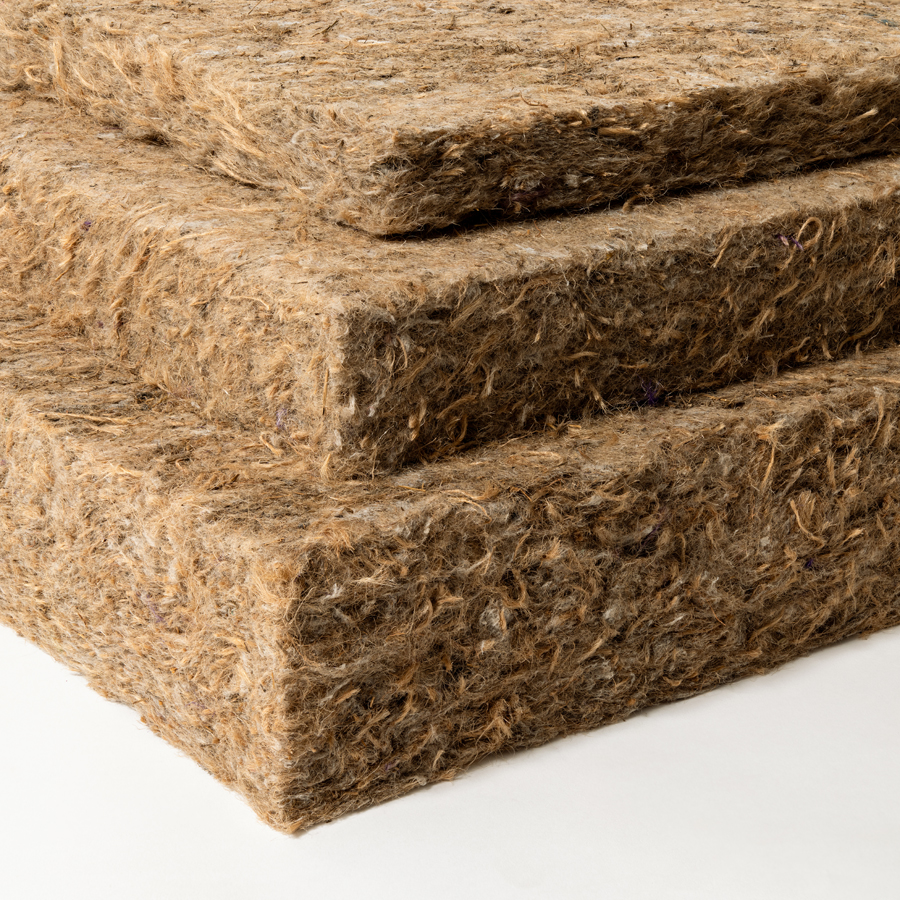
Regulating indoor temperatures
The thermal mass and humidity-regulating properties of natural insulation are essential in maintaining comfortable indoor temperatures and reducing the risk of moisture-related issues in buildings.
An important benefit of natural insulation is its low thermal conductivity, which means it resists heat flow effectively. Unlike many conventional insulations, natural fibre products combine relatively high density with strong heat storage capacity, which allows them to absorb and retain significant amounts of thermal energy. With a conductivity of 0.041 W/mK, Gramitherm® helps keep interiors warm in winter and cool in summer, due to its high specific heat capacity.
By selecting an insulation material with natural thermal energy storage capabilities, specifiers can achieve a consistently high level of indoor comfort throughout the year. This significantly reduces heat loss in the winter and limits heat gain during the summer, resulting in enhanced energy efficiency and lower energy bills.
A sustainable, energy efficient, natural insulation solution
While it is true that in some cases the initial cost of natural insulation may be higher than some synthetic options, the long-term benefits and the potential cost savings associated with these materials needs to be factored in. The enhanced thermal and moisture management properties of natural insulation can lead to reduced energy consumption and lower maintenance costs over the lifetime of the building.
By harnessing the inherent properties of natural insulation, buildings can be created that not only reduce energy usage but also contribute to a greener and healthier future.”
For more information on natural insulation materials to create a sustainable build, contact Ecological Building Systems by email info@ecologicalbuildingsystems.com or visit www.ecologicalbuildingsystems.com











